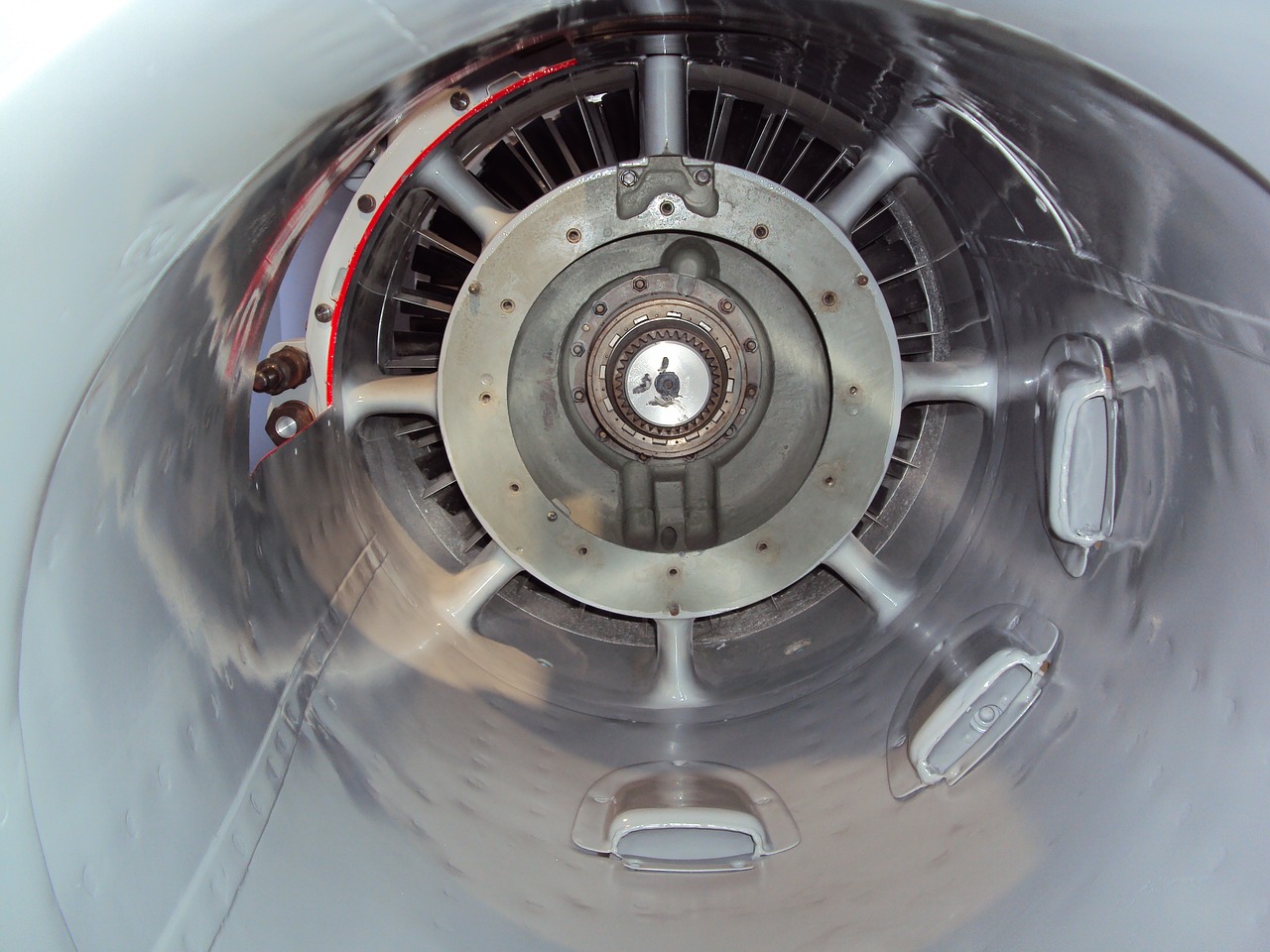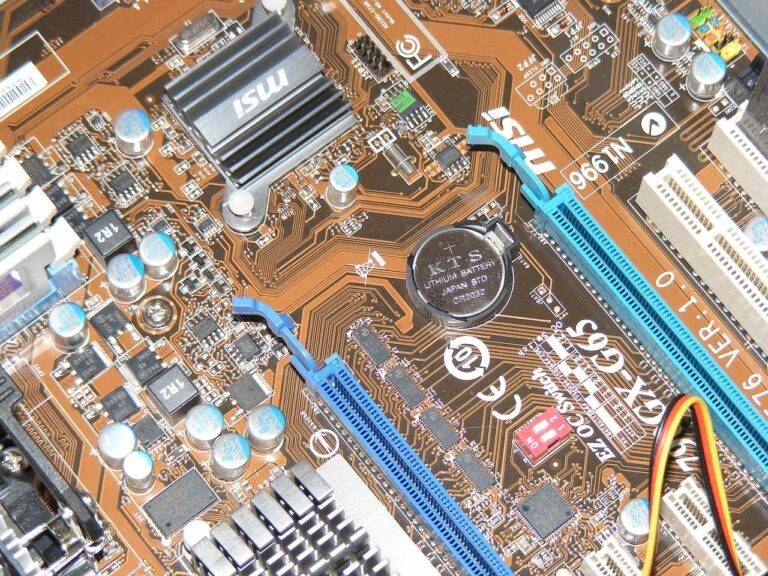The Role of Tech in Disaster Preparedness and Response
Over the past few decades, significant strides have been made in the development of monitoring and early warning systems. These advancements have revolutionized the way disasters are predicted, detected, and responded to, ultimately saving countless lives and reducing the impact of various natural and man-made hazards. From sophisticated weather forecasting models to real-time monitoring technologies, these systems play a crucial role in enhancing preparedness and resilience in the face of emergencies.
One key aspect of these technological advancements is the integration of various data sources, such as satellite imagery, ground sensors, and social media feeds, to provide a comprehensive and timely picture of potential hazards. By harnessing the power of big data analytics and machine learning algorithms, experts can now identify patterns and trends that were previously invisible, enabling more accurate predictions and early warnings. Additionally, advancements in communication technologies have facilitated the rapid dissemination of alerts and advisories to at-risk populations, enabling them to take proactive measures in response to imminent threats.
Utilizing drones for assessing disaster-affected areas
Drones have revolutionized the way disaster-affected areas are assessed and monitored. Their ability to capture high-definition images and videos from above provides invaluable insights to emergency response teams and aid organizations. By flying over inaccessible or hazardous terrains, drones can quickly gather data on the extent of damage, identify areas in need of urgent assistance, and locate survivors in need of rescue.
Incorporating drones into disaster response efforts has significantly improved the efficiency and effectiveness of relief operations. These unmanned aerial vehicles can cover large areas in a shorter time frame compared to traditional methods, allowing for rapid decision-making and resource allocation. Moreover, the real-time data collected by drones enables responders to adapt their strategies dynamically and prioritize actions based on the evolving situation on the ground.
How can drones help in assessing disaster-affected areas?
Drones can provide aerial imagery and data that can help identify the extent of damage, assess the safety of infrastructure, and locate people in need of assistance.
What are some technological advancements in monitoring and early warning systems?
Some technological advancements include satellite imagery, real-time data collection through sensors, and the use of artificial intelligence for analyzing data.
How do drones contribute to faster response times during disasters?
Drones can quickly cover large areas and provide real-time data, allowing emergency responders to make informed decisions and prioritize their resources effectively.
Are there any limitations to using drones in disaster assessment?
Some limitations include restricted flight regulations, weather conditions affecting drone operation, and the need for skilled operators to navigate the drones in complex environments.
How can organizations and governments integrate drones into their disaster response plans?
Organizations can create partnerships with drone operators, develop standard operating procedures for drone deployment, and train personnel on utilizing drone technology effectively in disaster situations.





